Today I decided to explore Nouméa’s colonial heritage by strolling along the Parcours du Faubourg. The Parcours is a walking trail which journeys past Nouméa’s oldest examples of colonial houses in the Faubourg Blanchot neighbourhood. In the early 1860’s this area was known as Artillery Valley. Colonists arriving from France to the new settlement of Fort-de-France (Nouméa) were encouraged to take root here in this small valley behind Nouméa’s city centre. At that time, an acre of land could be bought for 35 francs, and by 1871, virtually all the land surrounding the newly built Route du Port Despointes was owned by a Mr. Barthélémy Blanchot. In 1874 he advertised his plots for sale in the local paper and sold them as Faubourg Blanchot land, giving the area the name it holds today.
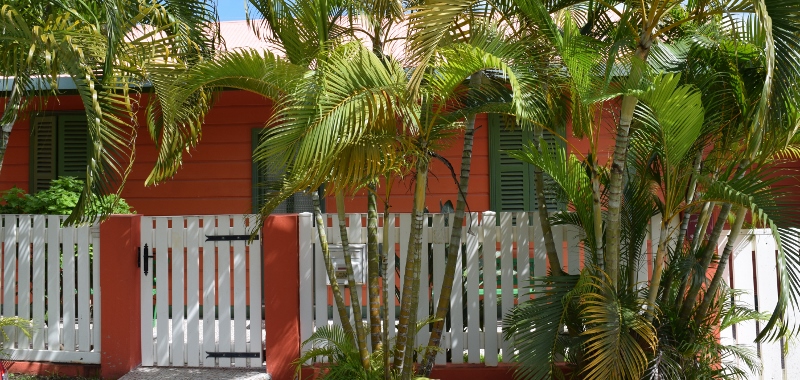
Many of the houses here date back to the turn of the previous century. Some are extremely well maintained, others not so. It’s hard to get a real appreciation for many of them, as they are hidden behind high fences and dense gardens. Despite that, the houses are really charming and remind me of the old Queenslanders back home. They are similar in design, taking advantage of the warm pacific climate and surrounded by palms and shrubbery to provide shade.
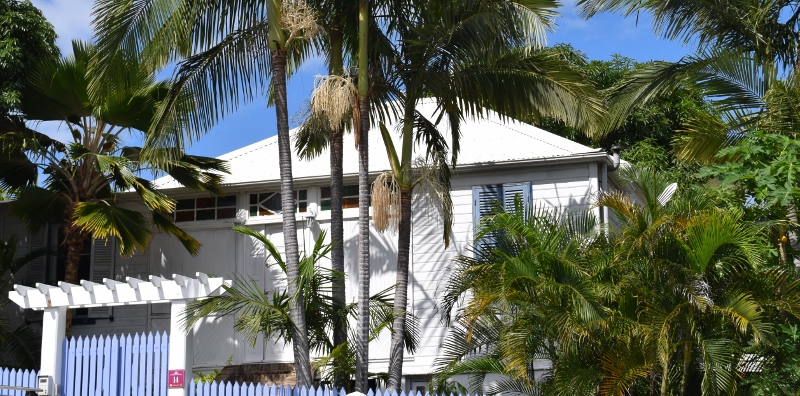
I’d already unknowingly walked through Faubourg Blanchot last Sunday while looking for a bike shop. It was hot and I’d forgotten to put on sunscreen, underestimating the time I’d be out in the sun. On my way back up the Route du Port Despointes that day, I passed an interesting and unwelcoming looking bar, Chez Kurt. I considered going inside, more so to escape the stinging sun as opposed to having a drink. However it was closed – like most things are on weekends in Nouméa. The only bars I’d seen so far in Nouméa were those with premium waterside frontage at the tourist beaches of Baie de Citrons and Anse Vata – those are always open. However today I got my chance to peep inside and have a drink at Chez Kurt.
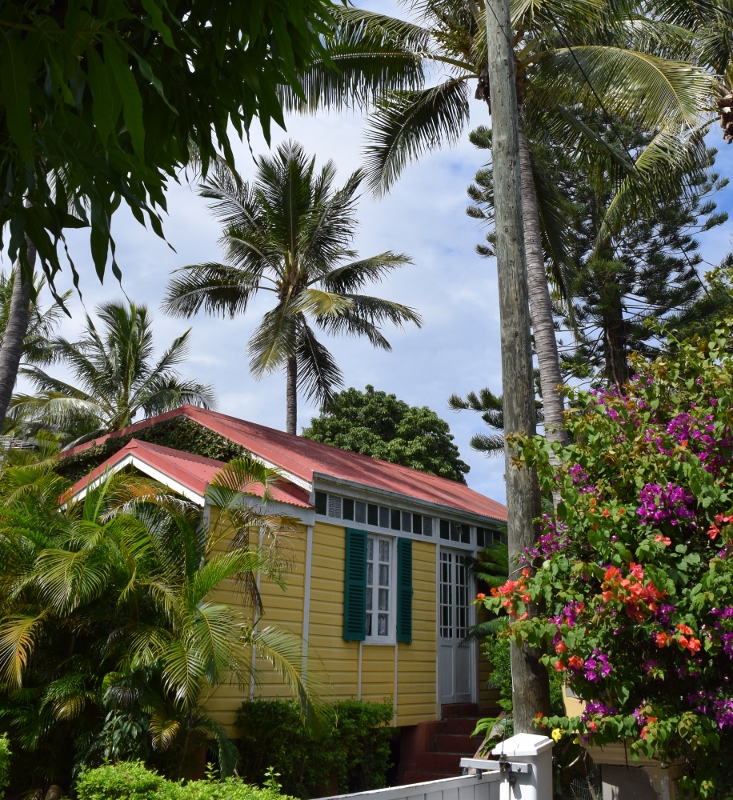
Standing at the front door, I could barely make out the few people sitting at the bar inside. The front security grill was padlocked shut. I called out ‘Bonjour’ and asked if the bar was open. A few voices called back ‘Bonjour’ from the shadows and one of them told me I’d have to use the side entrance. I walked to the side of the building to see a green wooden door. I waited as I heard it being unlocked from the inside. A small Tahitian woman greeted me and happily invited me inside. I walked through a pokey entryway into a dark wood-paneled room. She raced back to finish fixing a round of drinks for her four customers while I looked around inside. The caressing lull of Tahitian music played from small speakers which were perched between the many bottles of alcohol above where the woman worked. The room definitely had some charm and I liked it. Nothing in here looked like it had been purchased or maintained since the early 80’s.
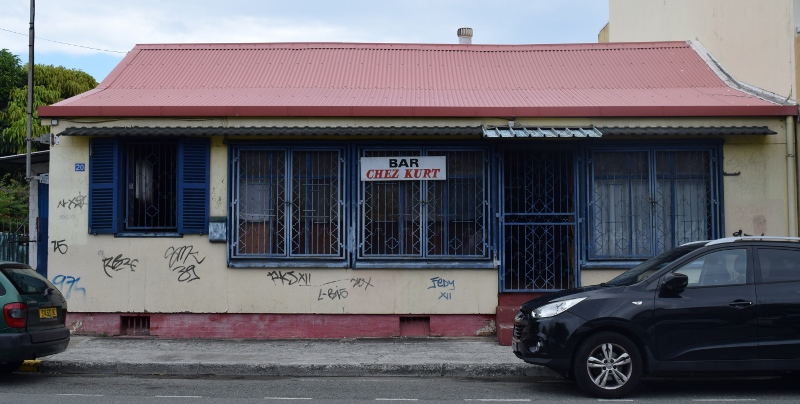
I ordered a glass of New Caledonia’s finest beer, Number One, and settled down where the bar woman had designated a fresh coaster for me at the end of the bar. I drank and sparked a cigarette with a beer-and-nicotine weathered westerner that I’d been placed next to. He appeared to be in his 60’s, skinny, and looked like he didn’t do much else other than drink and smoke. I found out that he was originally from the Bretagne region in France and that he was taking a break from his day job of cleaning pools. He assured me there were lots of pools in Nouméa, and judging by his quiet and sedate manner and his lack of urgency to be anywhere other than where he was, I guessed that all the pools in Nouméa were already clean. After ordering my second beer, I complimented the old lady on her cosy establishment and the temperature at which she served her drinks. She laughed. She then picked up that I was a native English speaker, and a short conversation followed about where I was from and what I was doing here in New Caledonia. She complimented me on my command of the French language and signaled to her regulars that it was an Australian who’d wandered in. The skinny smoker left the bar to use the bathroom. As soon as he was absent from the room, the bar woman looked toward me and signaled that he was crazy. ‘He’s French!’ she clarified, and the three others seated opposite her nodded in agreement.
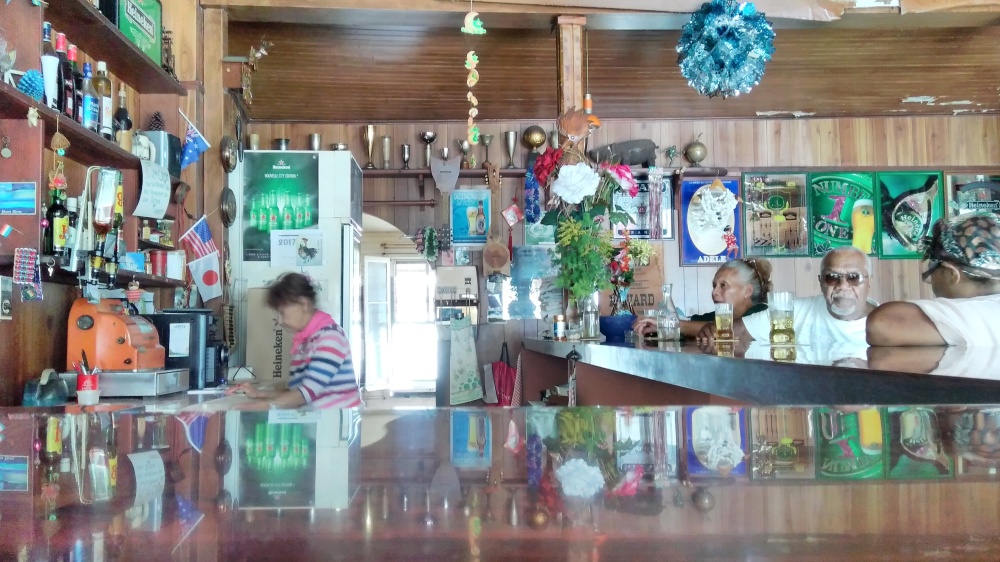
I’ve found that the French are not particularly adored here in New Caledonia. There are many groups that live here; the indigenous Melanesians (Kanaks), the Caldoche (Native descendants of the French convict population, including those from North Africa), Tahitians, Wallisians, Vietnamese, and a few others. Despite being legally French, these groups foremost embrace their own indigenous cultures. I get the feeling that, for the most part, they are not too fond of being considered strictly French. The derogatory term for the French is Z’oreilles (Zoh-ray), which translates to ‘the ears’. Many higher positions in New Caledonian institutions are (and historically have been) populated by European French nationals. Hence they were known as ‘the ears’ who work and listen in on what is happening in the colony.
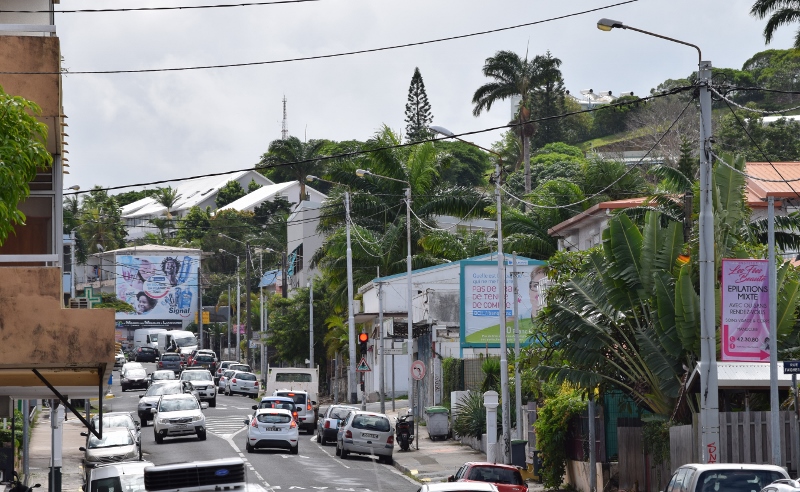
The smoker returned from the bathroom unaware of the room’s diagnosis of his mental state, and I continued drinking my second frosty glass. “He speaks well, he does” the bar woman continued to her non-French customers after relaying the details of our conversation. She told me excitedly that the couple at the end of the bar were from Koumac (one of the most northern towns in New Caledonia), as if to suggest that they were almost as far from home as I was. The man said it’s only bullshit that gets spoken here and laughed, happy with himself but to the slight embarrassment of the bar woman. His wife turned to me and smiled, then asked if I’d ever eaten bat before. I told them I’d never eaten a bat but would be keen to try one. I’d heard before that bats were a special delicacy in the north of the country. The woman smiled and licked her lips. She told me there were two ways to prepare a bat; the Kanak way and the Caldoche way. Her husband took over and told me the Kanak way was the best. The bats are gutted, and after roasting over a fire, everything that is left is eaten; feet, wings and head. Another Kanak method is to cook the bat as part of a Bougna. This is a mixture of meat (chicken, fish, prawns, lobster, crab… or bat) whole bananas, yams, taro, sweet potatoes and coconut milk; either slow cooked in a large pot or traditionally wrapped in banana leaves and cooked under hot coals. The Caldoche are a little pickier and like to cook only the flesh, preferring to simmer their bats in wine, flavoured with herbs.
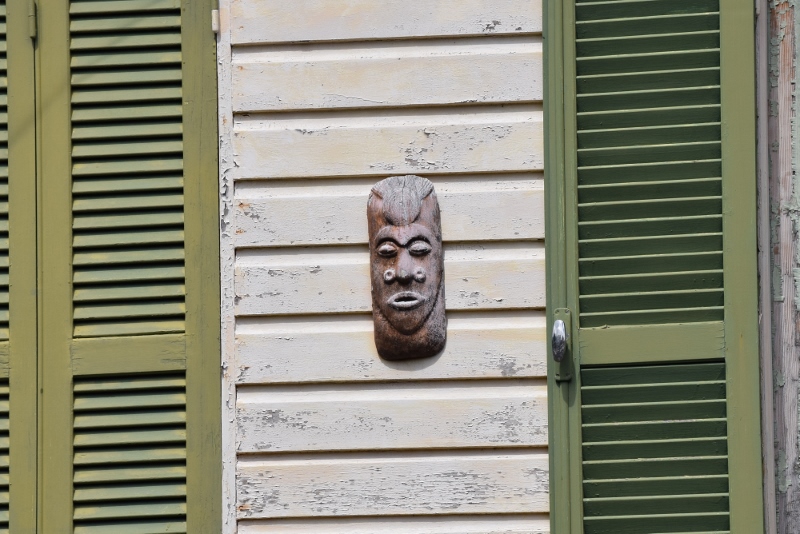
“The old people eat the wings because it helps relieve asthma too,” he said. I told him that bats are also special because the delicate bones of the wings are used to make Kanak money. He pointed his finger at me and smiled, impressed by my knowledge of Kanak culture learned the previous week by watching the local TV channel. The barwoman turned and asked why it was forbidden to eat bats in Australia. I told her that I wasn’t sure if it was forbidden, but even if it wasn’t, bats in Australia can carry diseases and that nobody would ever consider eating one. They can even pass diseases to horses and then from horses to humans and it is fatal and nobody knows exactly what causes this. She recoiled a little then shook her head while licking her lips, grateful for the disease free bats freely available in New Caledonia. I soon finished my second beer and got up to ask her for the bill. I pushed a handful of francs across the bar and told her it was a pleasure to drink and chat here and that I’d surely return. She thanked me, and as I was turning to pick up my bag and walk out she said “Wait, you can stay for one more!” I didn’t quite understand what she was suggesting, but before I had time to reply, she poured another glass and placed it on my coaster at the end of the bar. I sat back down and looked puzzled towards the silent pool cleaner. He cracked a smile and said that it’s a freebie. “Ahhh thank you!” I said as I looked back at the barwoman to give a thumbs up of approval. I sat through a few more Tahitian tunes, finished the third beer, then left to enjoy the rest of my day.
#newcaledonia #noumea #pacific #southpacific #culture #history #maison #french #speakingfrench #colonialism #talkingshit #bars #beer #numberone #flaneur #flanerie #parcours

✔️ Look forward to your next blog 😀
LikeLike
That was great!
LikeLike